Yellowstone National Park is not only renowned for its breathtaking landscapes and geological wonders but also its dynamic wildlife. Among the park’s residents, the wolves stand out as icons of wilderness and symbols of nature’s untamed beauty. Of all the wolf packs that roam the park, one stands out for its notoriety and the dramatic tales that have fascinated scientists and enthusiasts alike. Here, we delve into the riveting world of Yellowstone’s most famous wolf pack, exploring their history, behavior, and the intricate web of drama that unfolds in their lives.
Introduction to Yellowstone’s Wolves
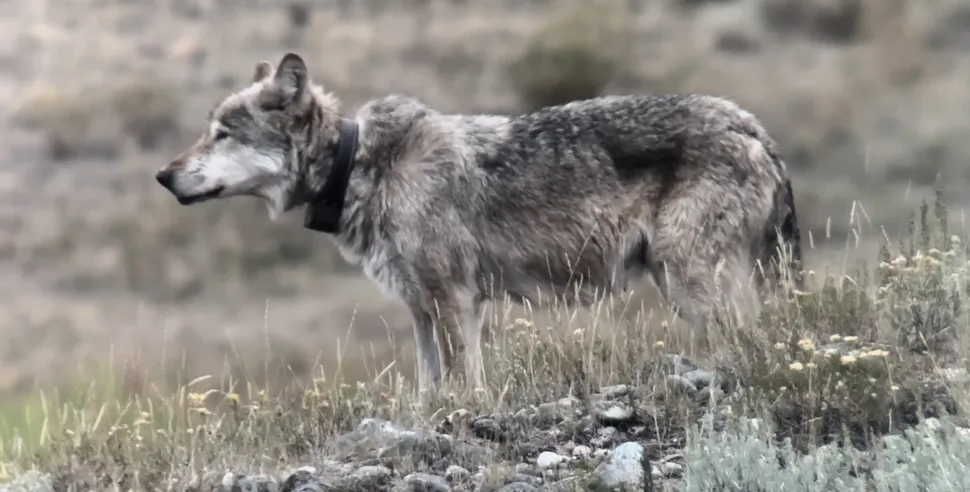
Yellowstone National Park’s reintroduction of wolves in 1995 is hailed as a landmark conservation success. It’s a testament to nature’s resilience and the power of strategic human intervention. These predators have since played a crucial role in maintaining the ecological balance, reshaping the habitat, and controlling prey populations like elk and deer.
The Rise of the Druid Peak Pack
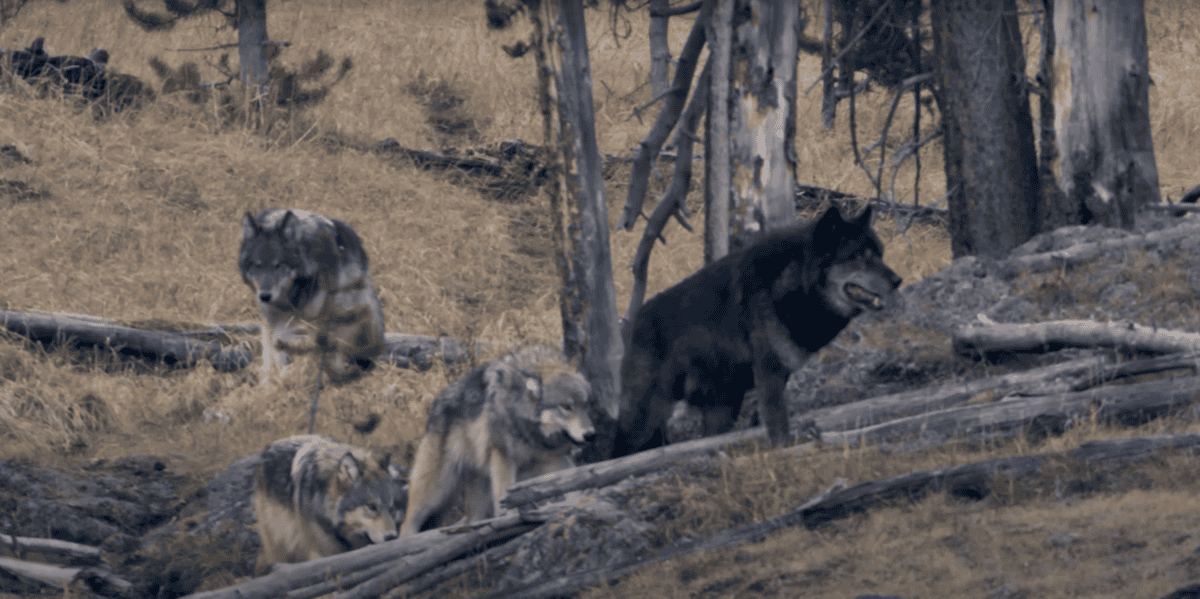
Among the wolf packs in Yellowstone, the Druid Peak pack garnered attention not only for its size but also for its dramatic leadership struggles and territorial battles. The pack’s journey began with a few bold individuals that, over time, became a formidable group, dominating the Lamar Valley. Their rise was characterized by strategic alliances, fierce confrontations, and a relentless drive to expand their territory.
Alpha Figures and Pack Dynamics
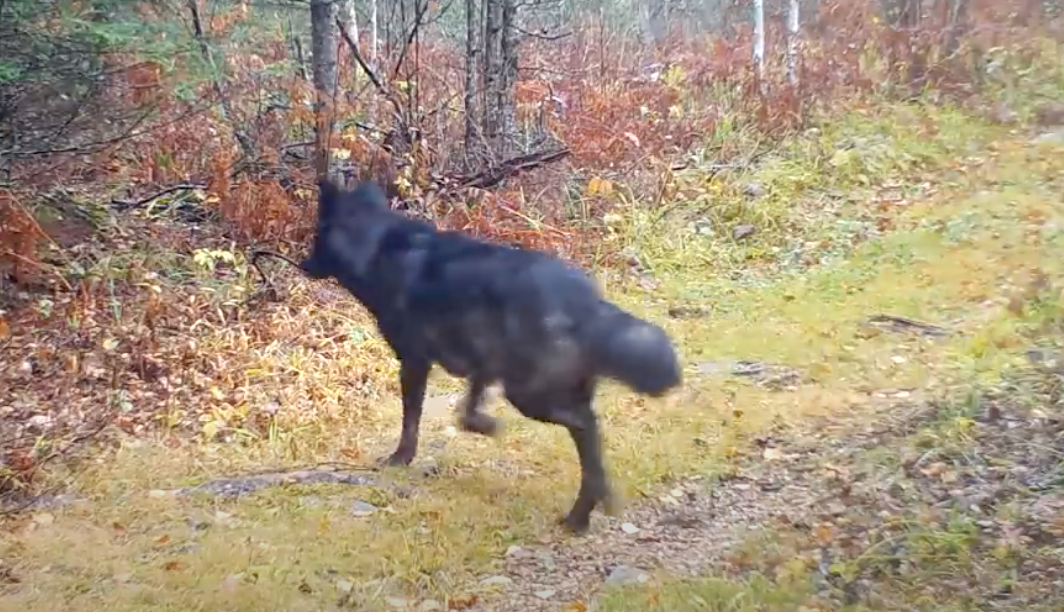
At the heart of the Druid Peak pack’s success stood its alpha pair. These leaders were not just symbols of strength but also the orchestrators of the pack’s daily life. Alphas play crucial roles in decision-making and maintaining pack cohesion. Conflicts, often intense and sometimes lethal, define the dynamics of leadership changes within the pack.
Hunting Strategies and Prey

The survival of the Druid Peak pack relied heavily on their sophisticated hunting strategies. Wolves are cooperative hunters, depending on teamwork and strategic planning to take down large prey such as elk. Their success in hunting ensured the pack’s expansion and survival through harsh winters and competition with other packs.
Interactions with Rival Wolf Packs
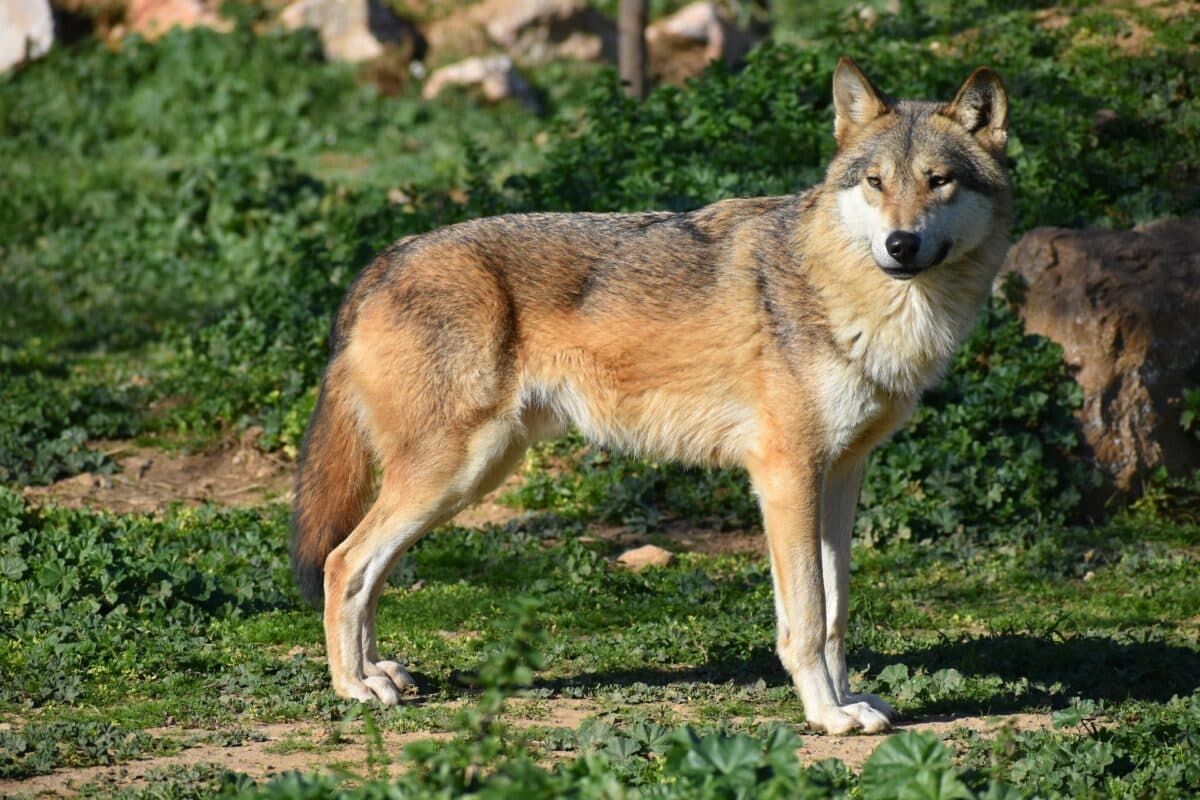
As the pack grew, so did conflicts with neighboring wolf packs. Territorial disputes were frequent, involving fierce skirmishes. These interactions often resulted in casualties but also demonstrated the complex social structure and resilience of wolves as they defended their domain or expanded into new territories.
Challenges of Raising Pups
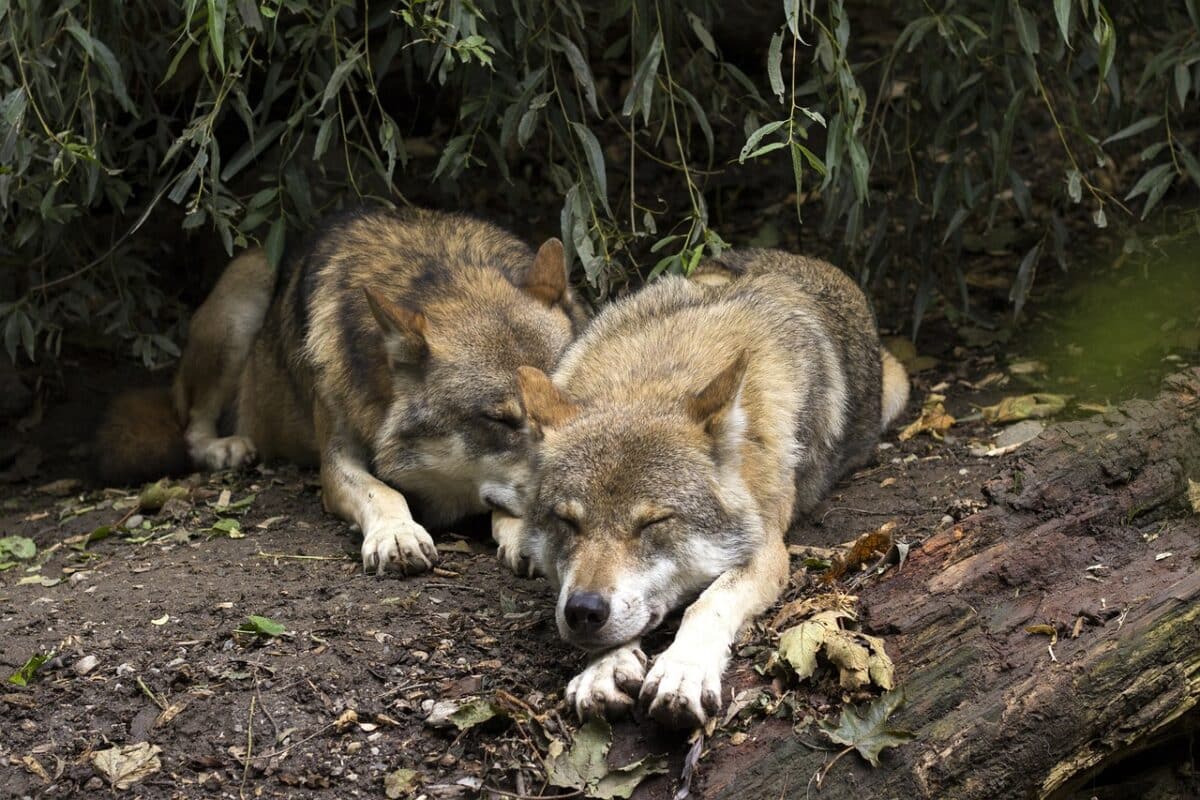
Raising pups is fraught with challenges. Only the alpha female and often the beta female reproduce, with the pack supporting pup rearing. Survival rates vary greatly due to environmental factors, food availability, and threats from other packs. Yet, the pack’s collective effort ensures the continuity of their lineage.
Ecological Impact on the Yellowstone Ecosystem
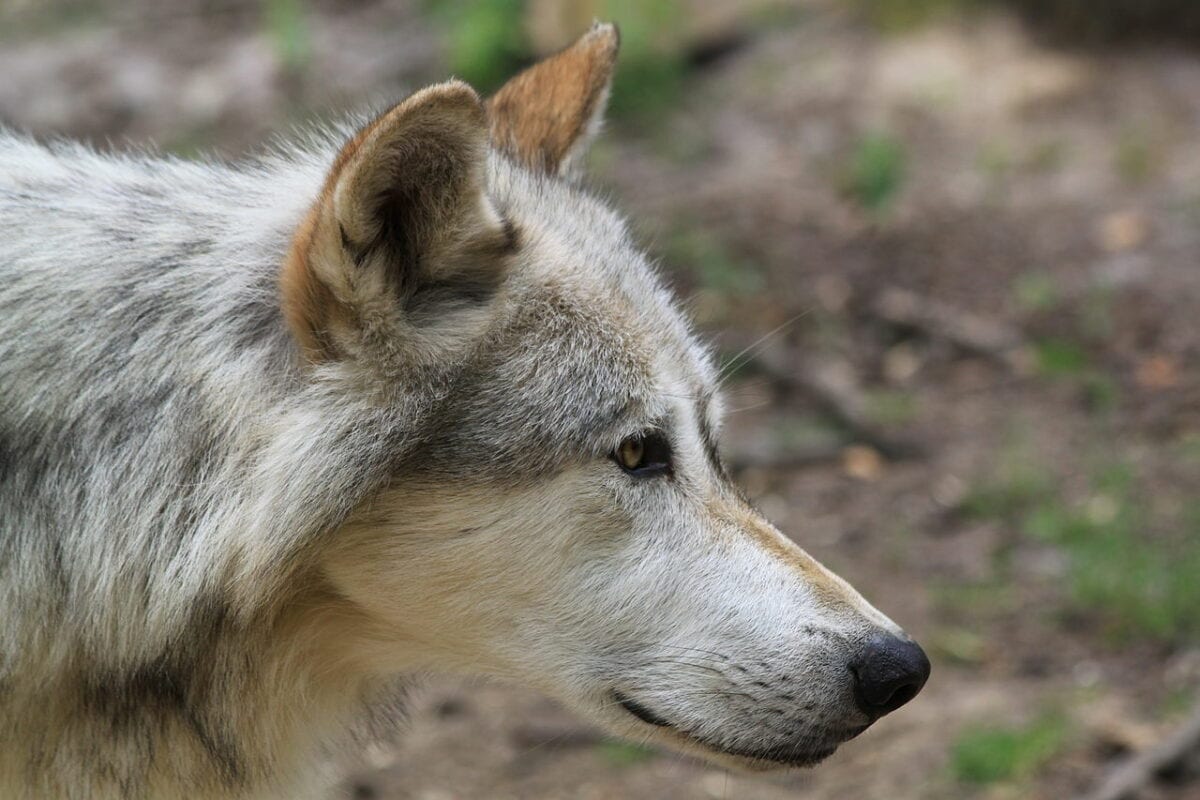
The reintroduction of wolves, spearheaded by packs like Druid Peak, led to significant ecological changes. These apex predators helped control elk populations, allowing for the regeneration of flora such as willows and aspens. This ripple effect rejuvenated the habitat, supporting diverse species and enhancing biodiversity.
Public Fascination and Scientific Study
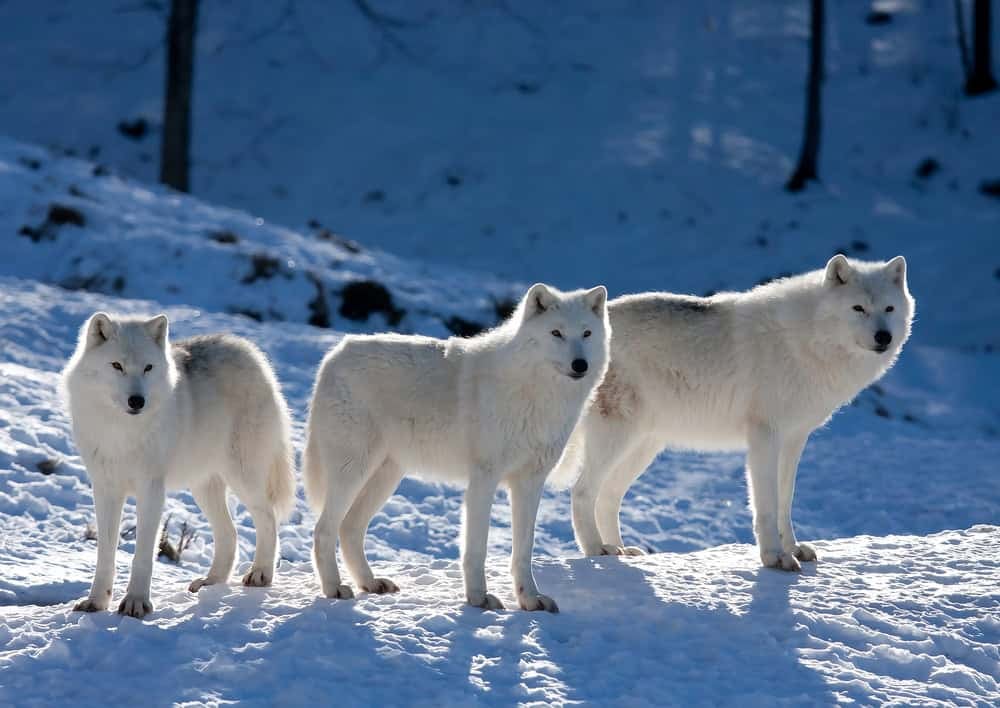
The wolves of Yellowstone, particularly the Druid Peak pack, have been subjects of extensive scientific research and media coverage. Documentaries, articles, and studies have captured the public’s imagination, contributing to a broader understanding and appreciation of these captivating animals.
Conservation Challenges and Threats
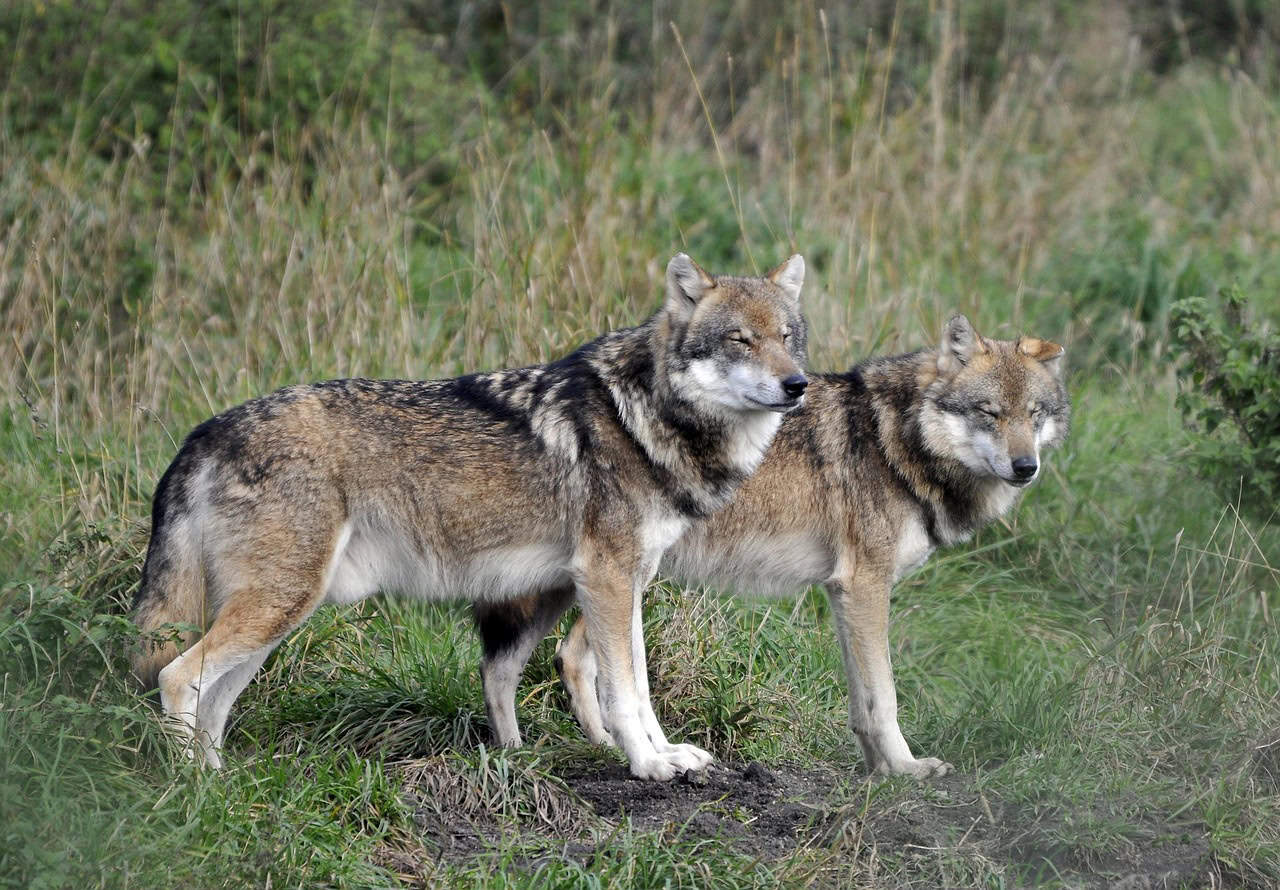
Despite their iconic status, wolves face numerous threats. Human-related activities, changing policies, and climate change pose significant challenges to their survival. Conservation efforts continue, focusing on habitat protection and mitigating human-wolf conflicts to ensure the species’ long-term future in the park.
Lessons Learned from the Druid Peak Drama

From the tumultuous lives of the Druid Peak pack, researchers and conservationists have gleaned invaluable insights into wolf behavior, social structures, and the intricate balance of ecosystems. These lessons underscore the importance of protecting natural habitats and the species that inhabit them.
Current Status of the Pack
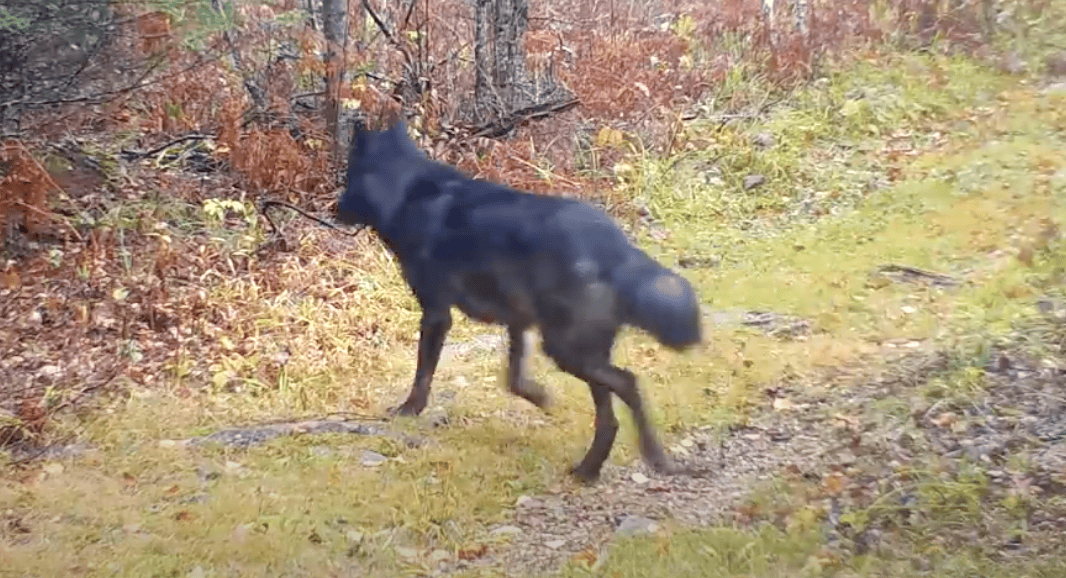
The original Druid Peak pack may no longer roam Yellowstone, but their legacy continues. Descendants of the pack and other wolf packs persist, maintaining the natural order and fascinating a new generation of wildlife enthusiasts and researchers eager to witness the wild narratives unfold.
Conclusion: The Enduring Legacy

The drama surrounding Yellowstone’s most famous wolf pack is a poignant reminder of the wild’s unpredictability and beauty. As we continue to learn from these remarkable creatures, the Druid Peak pack remains a symbol of resilience, adaptability, and the powerful impact of successful wildlife management. Their story is not just a testament to their survival skills but also to the continued importance of conservation efforts in preserving nature’s most remarkable narratives.
- 14 Creatures That Can Freeze and Thaw Back to Life - August 9, 2025
- 10 Animals That Risked Their Lives to Save Humans - August 9, 2025
- 14 Reasons Why Bears Are Afraid of Humans (Most of the Time) - August 9, 2025

